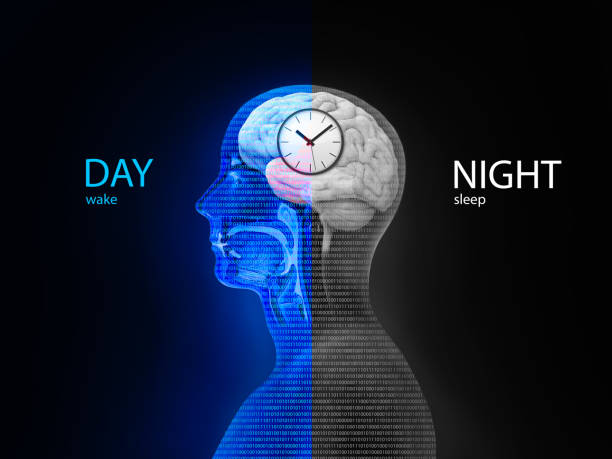The Artistic Fusion of Culinary and Visual Arts
In a world where boundaries between artistic disciplines are increasingly blurred, a fascinating trend has emerged at the intersection of culinary and visual arts. This innovative fusion is redefining the way we experience food, challenging our perceptions of what constitutes art, and creating immersive sensory experiences that tantalize both the palate and the eye. From edible installations to food-inspired paintings and sculptures, this article explores the dynamic relationship between gastronomy and visual creativity.

Food as a Medium for Visual Expression
Artists are increasingly turning to food as a medium for their creative endeavors. From intricate sugar sculptures to vegetable carvings and even temporary installations made entirely of edible materials, food has become a versatile and expressive artistic tool. This trend has given rise to a new generation of artists who specialize in food-based art, pushing the boundaries of what can be achieved with perishable materials and challenging viewers to reconsider their relationship with food.
The Influence of Visual Arts on Culinary Presentation
As the culinary world embraces artistic influences, chefs are reimagining the way they present their creations. Drawing inspiration from various art movements and techniques, innovative chefs are transforming plates into canvases, using color theory, composition, and even abstract expressionism to elevate their dishes. This approach not only enhances the visual appeal of the food but also adds layers of meaning and storytelling to the dining experience.
Interactive and Immersive Dining Experiences
The fusion of culinary and visual arts has given birth to a new genre of dining experiences that go beyond mere consumption. Interactive restaurants and pop-up events are incorporating elements of performance art, installation, and even virtual reality to create immersive environments where diners become active participants in the artistic process. These experiences challenge traditional notions of dining and gallery visits, offering a unique blend of gastronomy and visual stimulation.
The Impact on Food Photography and Social Media
The increasing emphasis on the visual aspects of food has had a profound impact on food photography and social media culture. As dishes become more visually striking and conceptually rich, they lend themselves to captivating imagery that spreads rapidly across digital platforms. This trend has not only changed the way we document and share our culinary experiences but has also influenced restaurant design, menu creation, and even home cooking practices.
Challenges and Criticisms
While the fusion of culinary and visual arts has garnered significant attention and praise, it has not been without its critics. Some argue that the emphasis on visual appeal can come at the expense of taste and nutritional value. Others question the accessibility and elitism of such artistic culinary experiences, which often come with hefty price tags. Additionally, there are concerns about food waste and the ethics of using edible materials purely for aesthetic purposes in a world where food insecurity remains a pressing issue.
Educational Initiatives and Cultural Impact
The growing interest in the intersection of culinary and visual arts has led to the development of educational programs and workshops that explore this unique fusion. Art schools and culinary institutes are introducing courses that combine elements of both disciplines, fostering a new generation of creative professionals who are equally comfortable in the kitchen and the studio. This trend is also influencing museum programming, with institutions around the world hosting exhibitions and events that celebrate the artistic potential of food.
Future Directions and Potential
As technology continues to advance, the possibilities for integrating culinary and visual arts are expanding. Virtual and augmented reality technologies are opening up new avenues for creating immersive dining experiences, while 3D printing and molecular gastronomy are pushing the boundaries of what’s possible in food creation and presentation. The future promises even more innovative collaborations between chefs, artists, and technologists, potentially revolutionizing our understanding of both food and art.
Conclusion
The fusion of culinary and visual arts represents a exciting frontier in creative expression, challenging traditional boundaries and offering new ways to engage with food and art. As this trend continues to evolve, it promises to reshape our culinary landscapes, influence artistic practices, and provide unique sensory experiences that celebrate the interconnectedness of human creativity across disciplines. While not without its challenges and critics, this artistic fusion offers a tantalizing glimpse into a future where the lines between what we eat and what we admire continue to blur in delightful and surprising ways.





